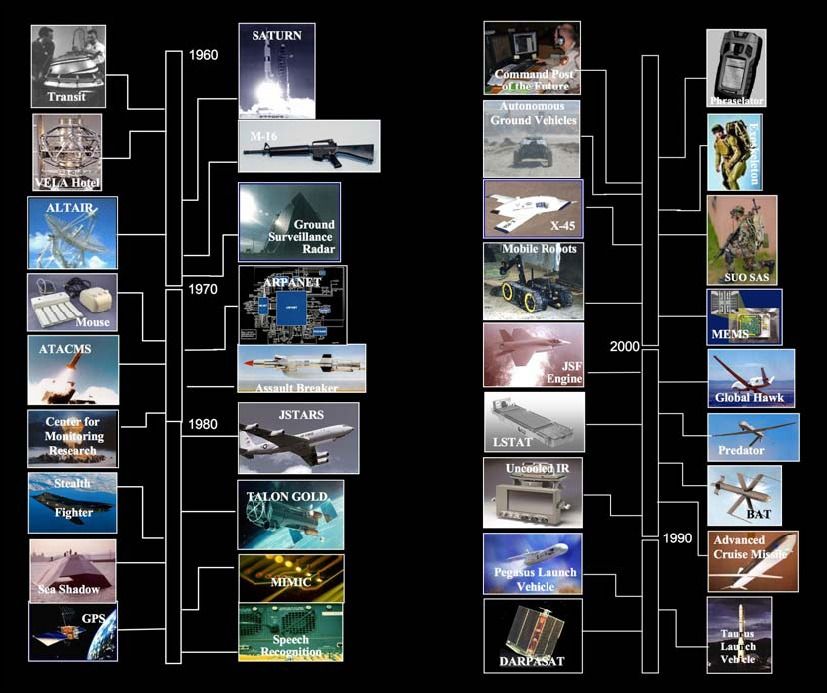We welcome one of our most generous donors, Sergio M.L. Tarrero, to the Lifeboat Foundation staff as our International Director of Audiovisual Communications. Mr. Tarrero is currently working on a documentary on existential risk. His bio begins as follows:
Sergio Martínez de Lahidalga Tarrero, BSc, is a screenwriter and filmmaker deeply concerned with the institutionally mediated transmission of socially corrosive beliefs, thoughts, and behaviors. His abiding interest in the forces that drive people apart, particularly those deriving from religious doctrine, inspired him from a young age to ponder what it would take to move people to embrace the primacy of rational thinking over enculturated dogma. In Sergio’s view, an important idea to disseminate widely is that an ethical and contemplative life does not depend on theological postulates.
Read his whole bio here. In a world where the audiovisual medium is one of the most tangible and memorable forms of communication, Sergio’s filmmaking skills will contribute invaluably to the Lifeboat Foundation’s core mission.
